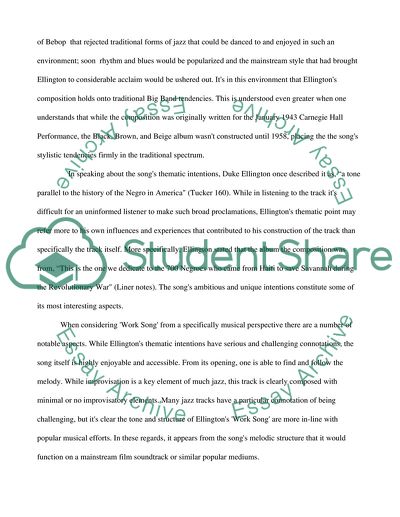Cite this document
(Jazz: the Big Band Style of Duke Ellington Research Paper, n.d.)
Jazz: the Big Band Style of Duke Ellington Research Paper. Retrieved from https://studentshare.org/music/1743333-jazz
Jazz: the Big Band Style of Duke Ellington Research Paper. Retrieved from https://studentshare.org/music/1743333-jazz
(Jazz: The Big Band Style of Duke Ellington Research Paper)
Jazz: The Big Band Style of Duke Ellington Research Paper. https://studentshare.org/music/1743333-jazz.
Jazz: The Big Band Style of Duke Ellington Research Paper. https://studentshare.org/music/1743333-jazz.
“Jazz: The Big Band Style of Duke Ellington Research Paper”, n.d. https://studentshare.org/music/1743333-jazz.


